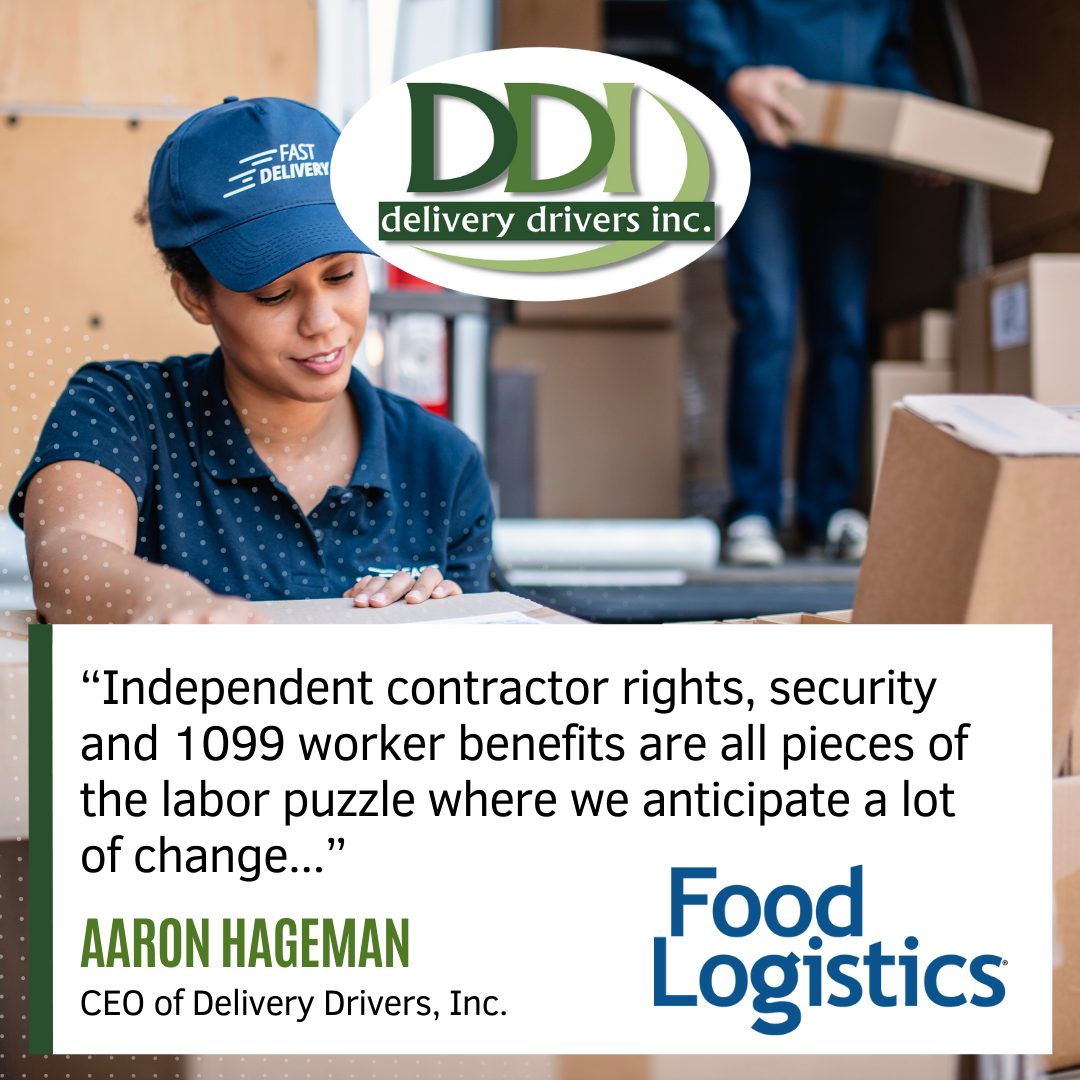From Bad to Worse to Better: How Today’s State of Supply Chains Present Bright Future
An exert from the Food Logistics article.
Here’s how technology, visibility and the drive to overturn the labor shortage help improve the current state of the supply chain.
When 2021 hit, the world was ready for the New Year. Even if it brought with it a New Normal — new way of doing business, a new way to shop for groceries and more — the turning of the calendar meant putting a year of supply chain disruptions, restaurant closures and constant pivoting behind us.
But, then, on March 23, a stranded Evergreen container ship blocked navigation in Egypt’s Suez Canal, setting the stage for what would be a slew of supply chain disruptions after supply chain disruptions.
Suddenly, 2021 was quickly becoming a mirrored reflection of the year prior.
Then came the ransomware attacks, internet outages, container ships stuck at bay, bridge closures, driver shortages, ingredient shortages, natural disasters and more.
The hits just kept on hitting.
And, industry experts are already showing signs of struggle for 2022 into 2023, as routes to import/export remain clogged, ports continue to be backed up, cost of doing business increases and the labor shortage exists.
Read the rest of the Food Logistics article at the featured image or here.


